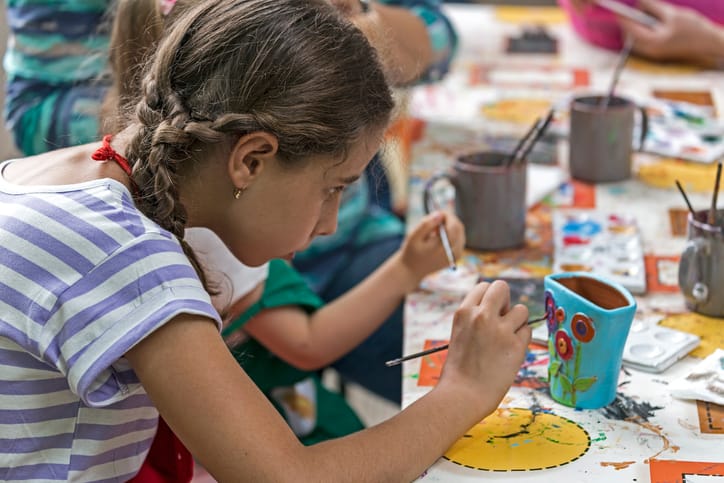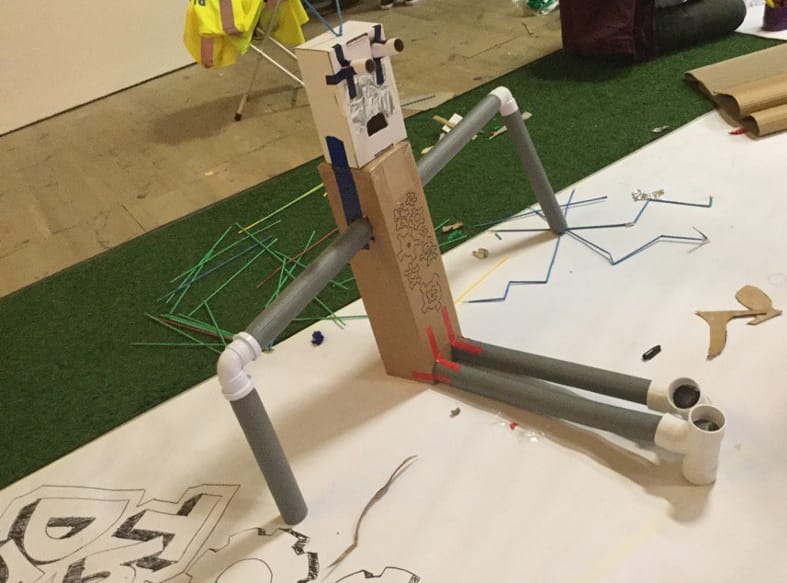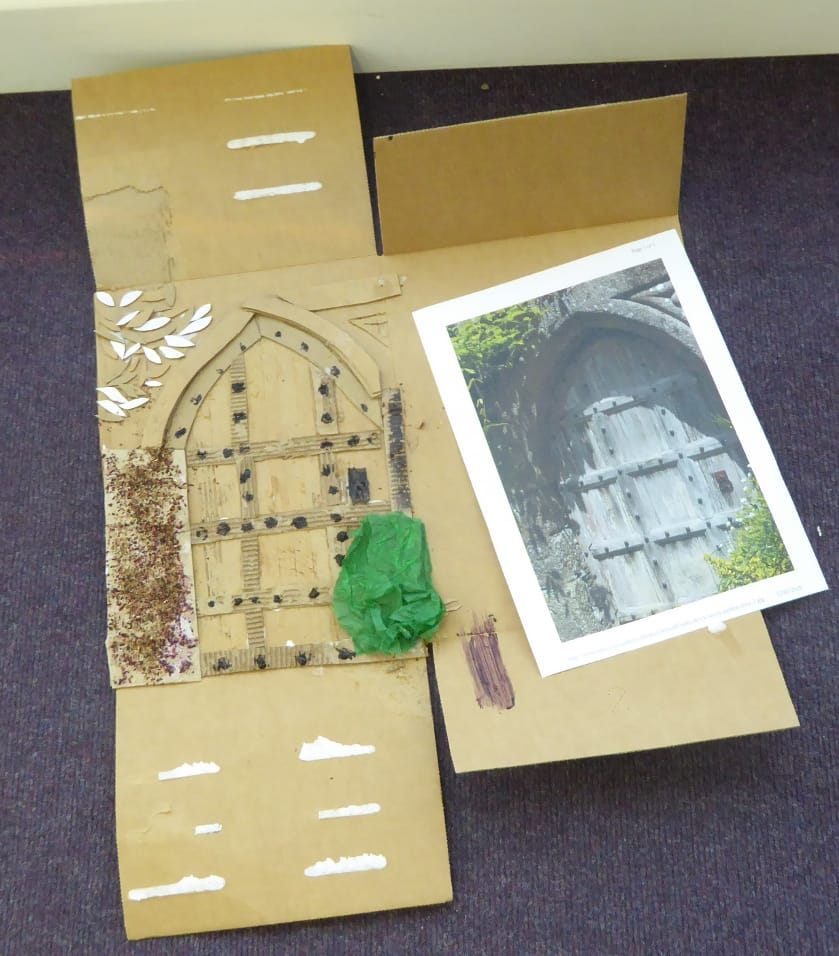How To Teach Sculpture In Key Stage 2
Written by Susan Coles
Published on 17th June 2020
Last Updated: 11th November 2024
Written by Susan Coles
Published on 17th June 2020
Last Updated: 11th November 2024

The National curriculum guidelines for Art are minimal and use the word ‘sculpture’ with an example of ‘clay’. For greater clarity, refer to the Kapow Primary Curriculum mapping document, which shows how the Art & design curriculum meets the required attainment targets for Art & design.
Working in three dimensions has many opportunities for creative work within the art curriculum. You can create 3D Art & design from so many different materials, and there are some great examples of this in Kapow Primary’s lower Key Stage 2 Art & design lessons such as using shape to make abstract sculptures based on play equipment and making a sculpture from used packaging inspired by the work of El Anatsui.
Children in upper Key Stage 2 continue to experiment with different materials in sculpture in lessons on Installation art and by creating a Memory sculpture using found objects.

There are many low cost materials that can be used for sculpture, including;
All you need are;
Plastic bottles are a great resource too as they can be safely used to make all sorts of interesting shapes and designs in 3D form.
Storage can be an issue with 3D work so make sure that you photograph work and process so that children can have a record in their sketchbooks to put next to their sketches and designs for their sculptures. They will willingly take their final creations home to share in the home gallery space!
Clay is a lovely ‘hands on’ experience for young people, just think of those wonderful moments growing up when you created with plasticine, play dough, and mud. Clay work can be low relief sculpture, such as tiles, or modelling and building shape and form with clay, such as a container or pot or piggy bank.
Air drying clay is useful in the primary classroom, although some people find it fibrous and more difficult to work with. But it means you don’t need a kiln to fire the clay, as it can be modelled, dried and then painted. However, if you link with your local secondary school you might be able to use their kiln, which means you could then work with stoneware (grey) or earthenware (red) clay, which is also cheaper to buy.
Paper mache (from the French words papiere mache) is a cheap and effective material too. Here wallpaper paste and shredded newspaper can be used to create shapes moulded around objects such as balloons (face/mask/bowl) or a bottle (cup/vase/pencil pot). Children work with a wet but malleable material in layers and enjoy the haptic senses of such a ‘hands on’ activity. When the layers are dried, paint can be applied, or coloured tissue paper, and if you make the last layer from white paper (cheap printing paper or newsprint) it is easier to paint on top of.
In KS2 children should be more aware of the purpose of Art craft and design, so creating sculpture and 3D work which has purpose shows an awareness of the creative and cultural industries.
Sometimes, teachers steer away from 3D work because of time and space restrictions, but it is an essential part of the art curriculum and there are always ways to introduce it, and you can work very small scale if need be. But, if you do want to think big….explore the outdoor spaces, make sculptures in the style of Andy Goldsworthy with autumn leaves, twigs that have fallen from trees, stones and pebbles etc. Why not do some yarn bombing around the school fence (with permission of course) and shadow sculptures on a sunny day (create a sculpture from anything and then photograph its shadow or draw around the shadow)? Make plastic shapes from bottles (jellyfish for example) and hang from a tree branch or a lamp post within the school grounds. Ask the children to become human sculptures and then photograph the result. Art can be great fun as well as great learning.
Go for it!
